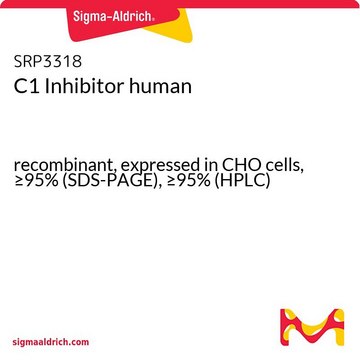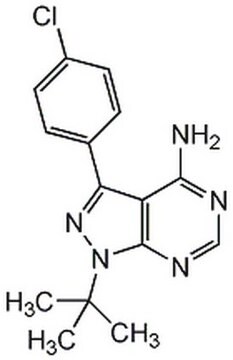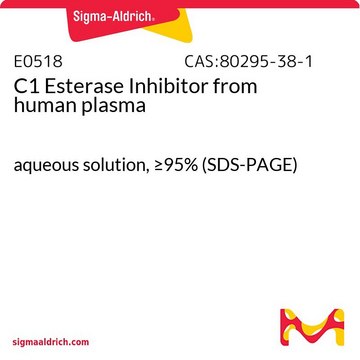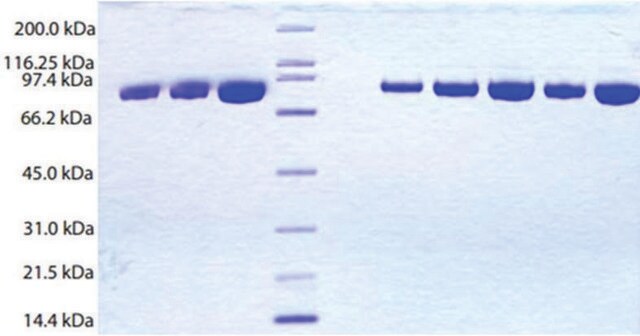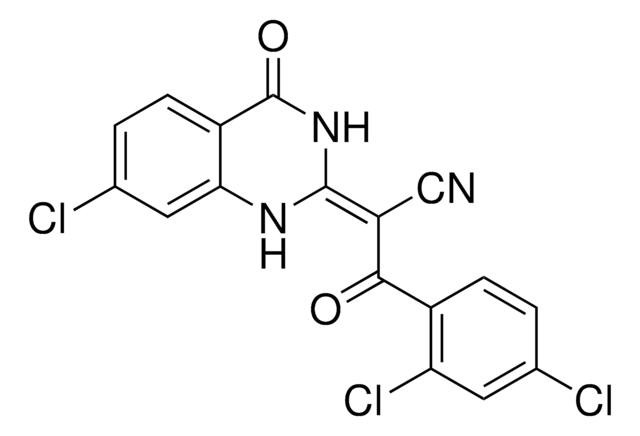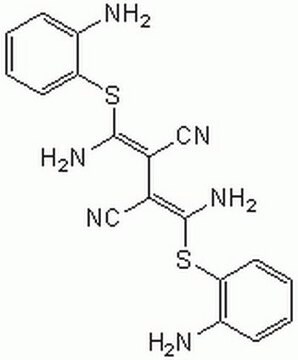GF178
C1 Inhibitor
Synonym(s):
C1 Inh, C1 esterase inhibitor, Serpin G1
About This Item
Recommended Products
General description
Recombinant Human C1 Inhibitor is a highly glycosylated glycoprotein containing 445 amino acid residues (49.4kDa), corresponding to amino acids 56 – 500 of the C1 inhibitor precursor, and is fully functional in its ability to inhibit the C1 complex.
Application
Stem Cell Research
Growth Factors & Receptors
Quality
Physical form
Storage and Stability
Reconstitute in water to a concentration of 0.1-1.0 mg/ml. Do not vortex. For extended storage, it is recommended to further dilute in a buffer containing a carrier protein and store in working aliquots at -20°C.
Disclaimer
Storage Class Code
11 - Combustible Solids
WGK
WGK 3
Regulatory Listings
Regulatory Listings are mainly provided for chemical products. Only limited information can be provided here for non-chemical products. No entry means none of the components are listed. It is the user’s obligation to ensure the safe and legal use of the product.
JAN Code
GF178:
Certificates of Analysis (COA)
Search for Certificates of Analysis (COA) by entering the products Lot/Batch Number. Lot and Batch Numbers can be found on a product’s label following the words ‘Lot’ or ‘Batch’.
Already Own This Product?
Find documentation for the products that you have recently purchased in the Document Library.
Our team of scientists has experience in all areas of research including Life Science, Material Science, Chemical Synthesis, Chromatography, Analytical and many others.
Contact Technical Service